This day dawns badly for me. I am having what I believe is an adverse reaction to Malarone, our anti-malaria medication. I remain in camp this morning. Beth will represent the Cyr family on safari this morning. I hope to be ready for the afternoon.
While at camp, I do a little research on the Mara Plains Camp
. There is no question Mara Plains is an expensive camp. In 2014, peak season rates will be over $1,300 per day per person. Everything is included from room and board to the games drives. We paid less because we booked in 2013 and are not under peak season rates. Even so, Mara Plains is expensive.
Dereck Joubert is CEO and the largest stockholder. He and his wife, Beverley, are world famous wildlife photographers. National Geographic has an ownership stake as do South African businessmen Mark Read and Paul Harris.
Great Plains Conservation uses high end, low impact tourism to finance its conservation programs. In other words, local communities benefit when they agree to help protect their environment and natural wildlife heritage. Maasai landowners established the Olare Motorogi Conservancy. They lease their land to the tourism partners, including Mara Plains Camp, for a fixed monthly rent. In return, they agree to move their homesteads and cattle to large community areas on the periphery of the Conservancy
.
Maasai cattle have the same – if not greater – value in Maasai society than money does in America. Cattle represent wealth and status. Unless provisions are made for the grazing of their cattle, no Maasai would agree to the terms implicit in the land conservancy. In Olare Motorogi, the cattle are fed on a rotational grazing system which leaves vast areas open for predators and their wild prey. The system limits human – wildlife conflict and results in a flourishing ecosystem which has among the highest population densities for big cats in the world
As stated earlier, the future of wildlife in Africa is totally dependent upon creative land use so human owners benefit along with the animals.
Beth and her group happen upon a pair of leopards this morning in a tree. They will spend eight hours waiting and watching patiently for the couple to consummate their relationship
. The female is as outgoing and insistent as the male is aloof and indifferent. The male sleeps almost all day. The female is as patient as any leopard can be. She only descends the tree once during the day to drink water. Otherwise, everyone waits.
Leopards are solitary creatures. They come together only to mate and that process can be wild and violent. Bill Given, our wildlife biologist, has extensive experience with all big cats but even he has never seen two leopards mating. It is totally understandable that the entire group stays in the field all day. Beth returns with some awesome pictures.
Late in the afternoon, a troop of baboons enter the area and occupy the tree next to the two leopards. They seem totally unaware the leopards are their neighbors. Leopards and baboons are enemies. Leopards will eat baboons any chance they get. The problem is baboons live in clans so the solitary leopard must always weigh the danger of injury in any confrontation.
Many African animals rely on the baboon to sound the alarm whenever a leopard is in the area. Today is no different except for one thing. The baboons are not sure. They issue a few half-hearted, tentative warnings but there is no conviction in the calls. They sense leopards are near but sight and scent confirmation eludes them.
Our group waits until dark before leaving. The leopards will wait until later to leave. The baboons are in bed for the night.
Eight Hours with a Pair of Leopards
Thursday, January 30, 2014
 Maasai Mara, KE.08, Kenya
Maasai Mara, KE.08, Kenya
Other Entries
-
1Planning the Ultimate Safari
Dec 2536 days prior Gulf Breeze, United Statesphoto_camera5videocam 0comment 0
Gulf Breeze, United Statesphoto_camera5videocam 0comment 0 -
2Florida to Tanzania
Jan 219 days prior Amsterdam, Netherlandsphoto_camera4videocam 0comment 0
Amsterdam, Netherlandsphoto_camera4videocam 0comment 0 -
3The Streets of Arusha
Jan 237 days prior Arusha, Tanzaniaphoto_camera2videocam 0comment 0
Arusha, Tanzaniaphoto_camera2videocam 0comment 0 -
4Ndutu: Meeting the Great Migration
Jan 246 days prior Ngorongoro Conservation Area, Tanzaniaphoto_camera25videocam 0comment 2
Ngorongoro Conservation Area, Tanzaniaphoto_camera25videocam 0comment 2 -
5Lion Ambush in the Kopjes of Serengeti
Jan 255 days prior Serengeti Region, Tanzaniaphoto_camera52videocam 1comment 2
Serengeti Region, Tanzaniaphoto_camera52videocam 1comment 2 -
6A Cheetah Rocket Makes Kill on the Plain of Ndutu
Jan 264 days prior Ngorongoro Conservation Area, Tanzaniaphoto_camera31videocam 2comment 0
Ngorongoro Conservation Area, Tanzaniaphoto_camera31videocam 2comment 0 -
7The Day of the Cheetah
Jan 273 days prior Serengeti National Park, Tanzaniaphoto_camera23videocam 0comment 0
Serengeti National Park, Tanzaniaphoto_camera23videocam 0comment 0 -
8Life in Ndutu During the Great Migration
Jan 282 days prior Ngorongoro Conservation Area, Tanzaniaphoto_camera27videocam 7comment 0
Ngorongoro Conservation Area, Tanzaniaphoto_camera27videocam 7comment 0 -
9Mara Plains Camp, Olare Motorogi, Kenya
Jan 291 day prior Maasai Mara, Kenyaphoto_camera37videocam 2comment 1
Maasai Mara, Kenyaphoto_camera37videocam 2comment 1 -
10Eight Hours with a Pair of Leopards
Jan 30 Maasai Mara, Kenyaphoto_camera17videocam 1comment 0
Maasai Mara, Kenyaphoto_camera17videocam 1comment 0 -
11The Ghostly Moniko Lion Pride
Jan 311 day later Maasai Mara, Kenyaphoto_camera35videocam 2comment 0
Maasai Mara, Kenyaphoto_camera35videocam 2comment 0 -
12Big Cats & the Great Migration Review & Results
Feb 012 days later Lemek Conservancy, Kenyaphoto_camera6videocam 0comment 0
Lemek Conservancy, Kenyaphoto_camera6videocam 0comment 0

 Maasai Mara, KE.08, Kenya
Maasai Mara, KE.08, Kenya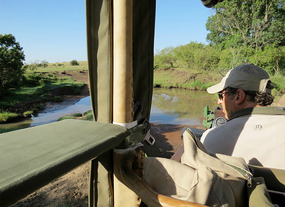
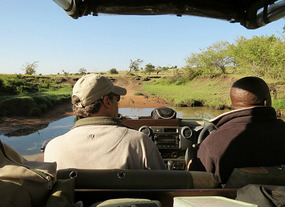
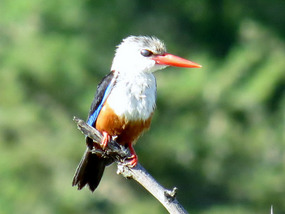




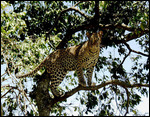
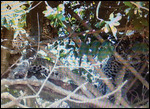
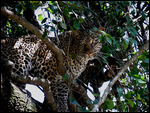
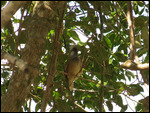
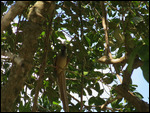
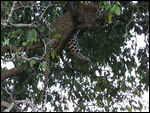
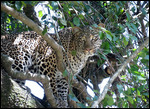
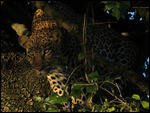
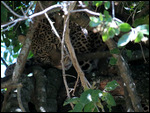
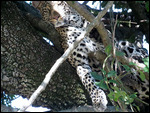
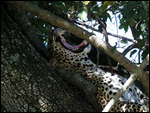
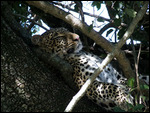
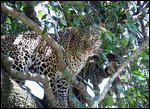

2025-05-23